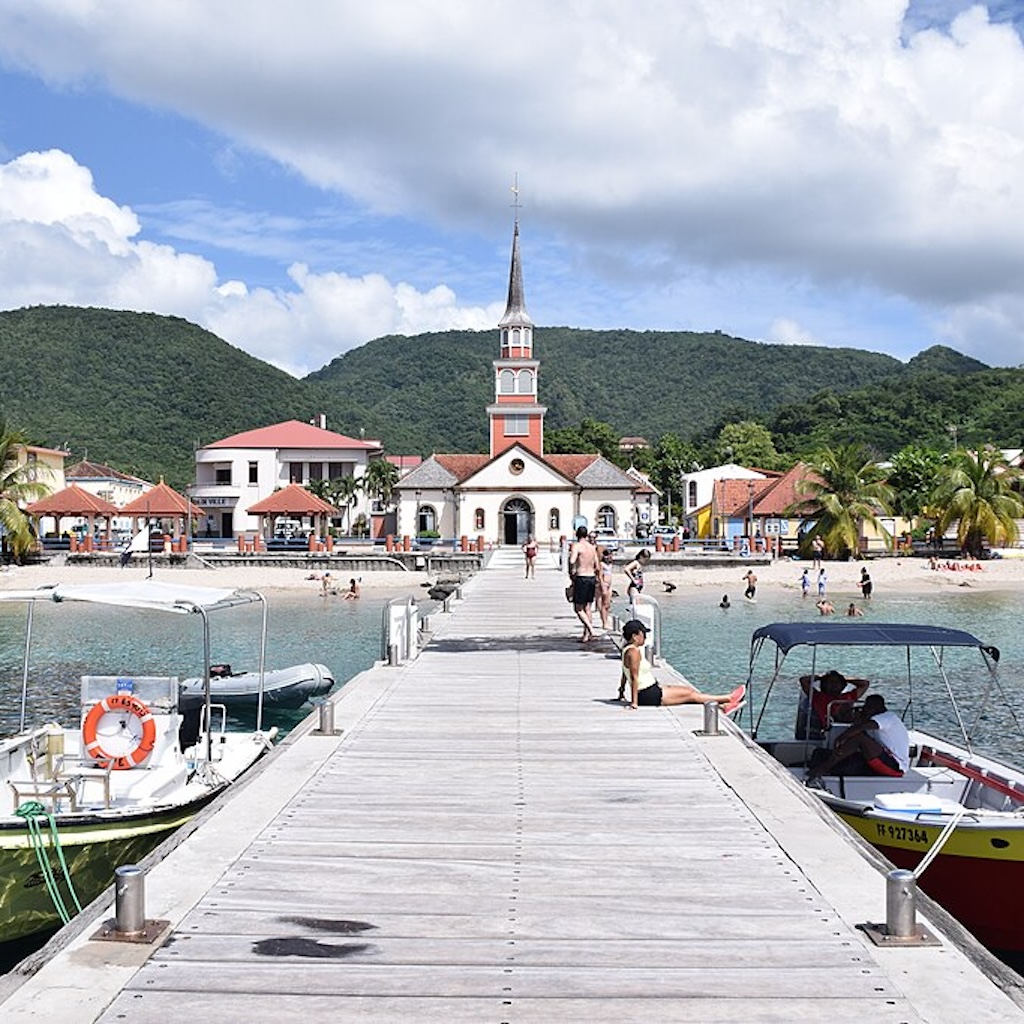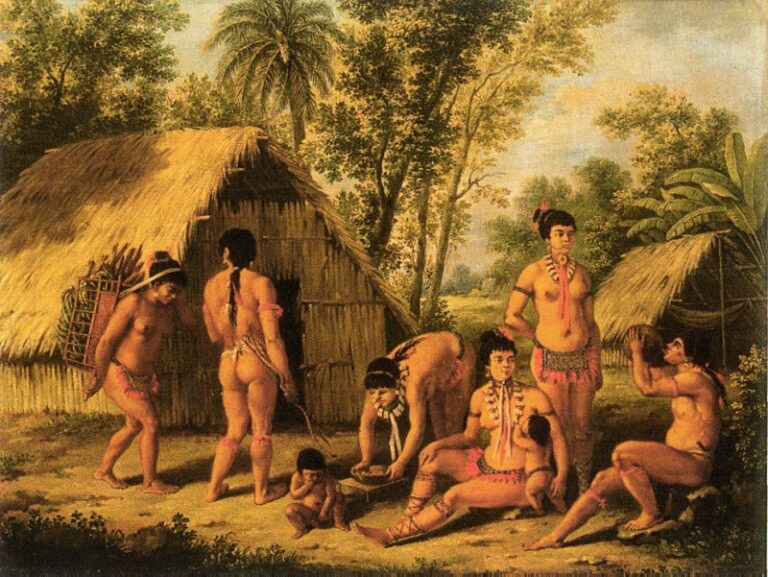Currency
EURVoltage
220VWater
GoodDialing
+590Arrival by boat Entry formalities
Clearance formalities for entry and exit from the islands of the French Antilles is now mandatory for all pleasure boat, for personal or professional use, arriving or departing by sea
Clearance
The procedure is free and can be done online here, or in person at one of the approved points. This electronic procedure is very convenient, but most other countries will request a printed and stamped EXIT clearance document. So you will need to print your EXIT clearance in order to get it stamped in one of the approved points listed in the above document, it can be a local shop or marina. This approved points of clearance also provide public computer where you can fill and print your document for 3 to 5€.
Visa & Immigration
Official website for visas to France
Other ressources
Noonsite.com maintains an updated worldwide database of formalities for pleasure crafts. Click here for more details.
Weather & Navigation
The leeward coast
Martinique’s west coast offer a protection from the swell, and steady trade winds that offer predictable passages. But the leeward coast’s numerous tourist hotspots mean that you’ll often find yourself sharing the water with other yachts, snorkelers, and tenders, especially in the shallower bays. Positioned on the southern of this coast, Le Marin is the island’s center for nautical activity. Le Marin has grown into a bustling base boats with renowned shipyards and skilled technicians for repairs and refits.
The windward coast
Here, the trade winds blow with more vigour, and the Atlantic swell shapes the journey. Navigation on the east coast demands attentiveness, reefs lie hidden just beneath the surface, and many of these rocky formations, though marked on charts, are tricky to spot when the sea gets rough, and the currents around them can push boats off course if not navigated carefully. On this coast the Presqu’île de la Caravelle nature reserve offers good hiking trails. The mangroves near Vauclin provide a sanctuary for birdlife and are best explored by kayak or paddle-board. In places like Le Robert and Le François, sailors can navigate a maze of small islets to the famous “Fonds Blancs“, a shallow white sandbank, perfect for a midday swim in crystal-clear waters.
Sailing itineraries in Martinique
A brief maritime history of Martinique
Long before the arrival of Europeans, the island was inhabited by the Arawaks, a peaceful, seafaring people who settled in the Caribbean around 100 AD. They were skilled navigators and used canoes to travel between the islands, establishing numerous communities. But their dominance didn’t last.
Sometime between 800 and 1200 AD, the more aggressive Caribs, or Kalinago, began to move into the region. They gradually displaced the Arawaks, taking control of Martinique and the neighbouring islands. The Caribs were fierce warriors known for their resistance to European colonisers. Their name would eventually be attached to the entire region—hence the Caribbean. Martinique, called Madinina by the Caribs, meaning “island of flowers,” was central to their way of life, providing fertile lands for their crops and abundant waters for fishing.

It wasn’t until 1635 that the French made their move, when Pierre Belain d’Esnambuc, a French buccaneer and explorer, claimed the island for France. D’Esnambuc, who had already established a foothold in nearby Saint Kitts, sought to expand France’s colonial empire in the Caribbean. He brought with him a group of settlers and established the first permanent colony in Martinique.
The arrival of the French set off decades of conflict with the Caribs, who fiercely resisted European encroachment. The Caribs launched numerous attacks on the settlers, attempting to reclaim their land. But the French, backed by reinforcements and superior weaponry, gradually gained the upper hand. By the mid-17th century, the Carib population had been decimated, and the French had established firm control over the island.
The French settlers, known as colons, initially grew tobacco and indigo, but soon discovered that sugarcane was far more lucrative. By the late 1600s, the island’s economy was dominated by sugar plantations, and with that came the introduction of enslaved Africans. The brutal transatlantic slave trade took root in Martinique, with thousands of Africans forcibly brought to the island to work the sugar fields under grueling conditions. The island’s wealth grew rapidly, but so did its dependence on slavery. On May 22, 1848, slavery was finally abolished in Martinique, putting an end to a dark period in history.



